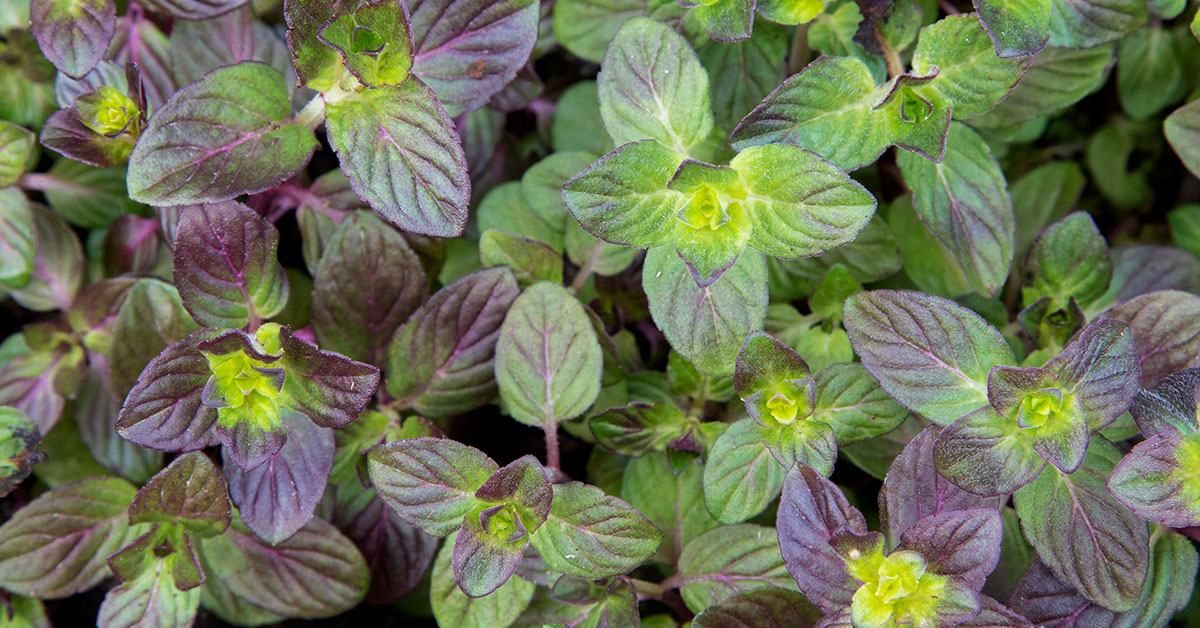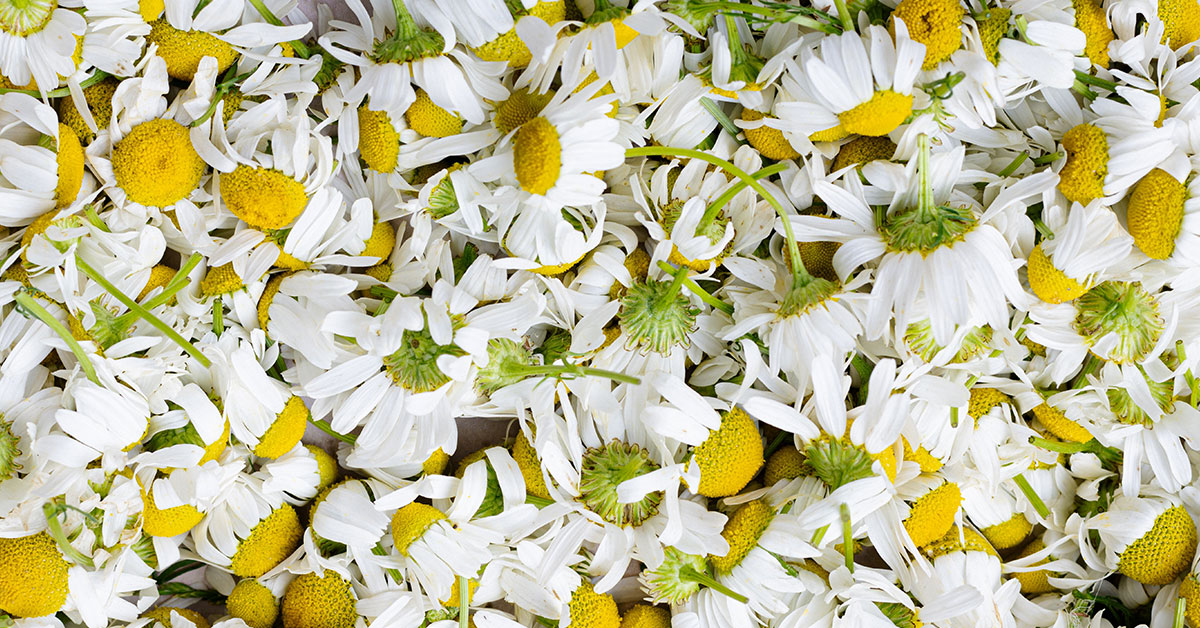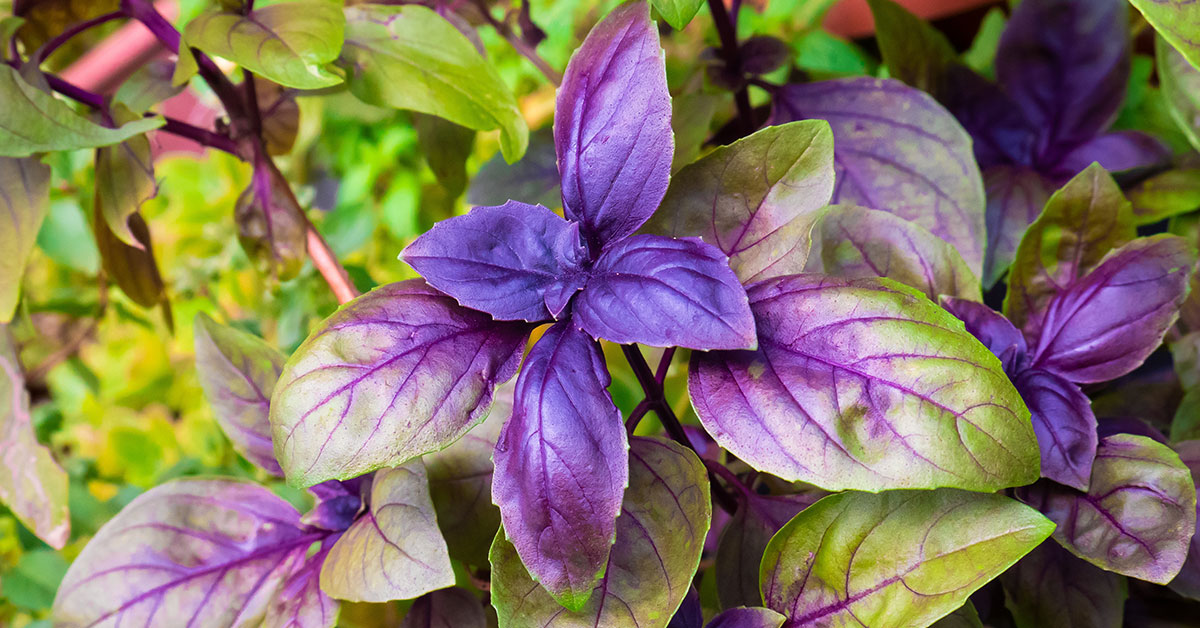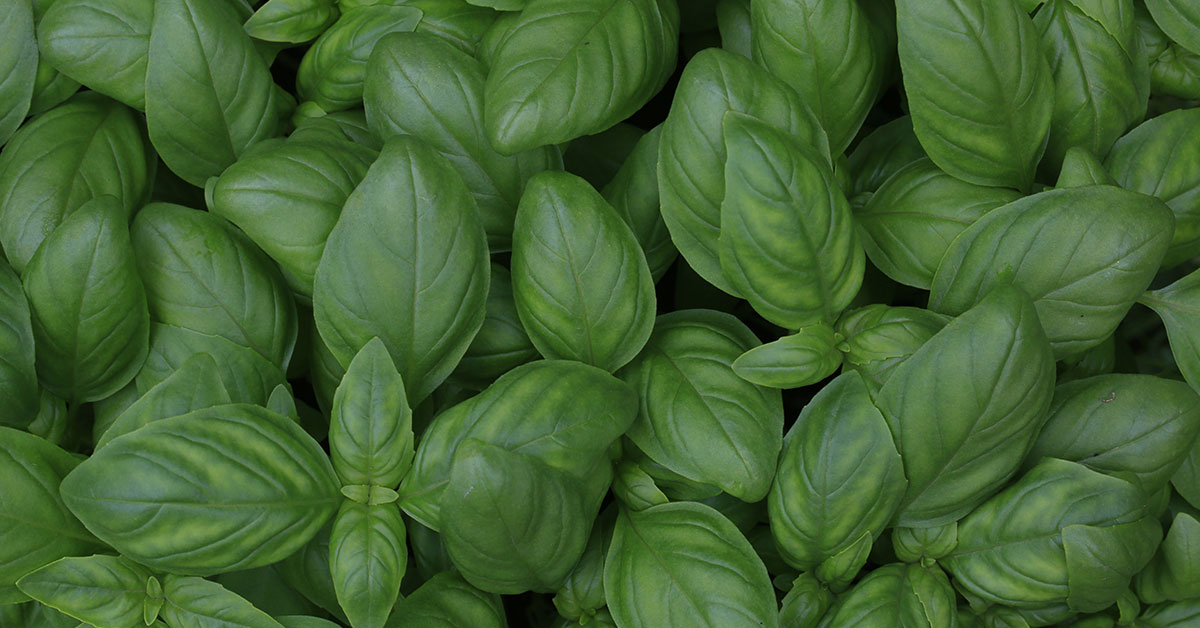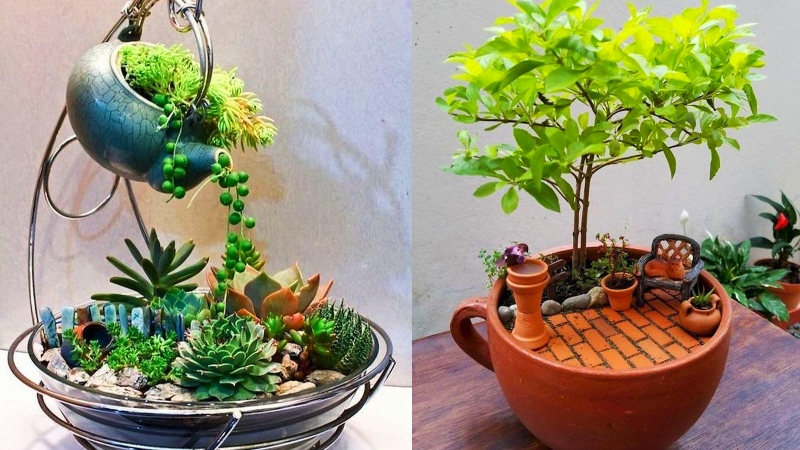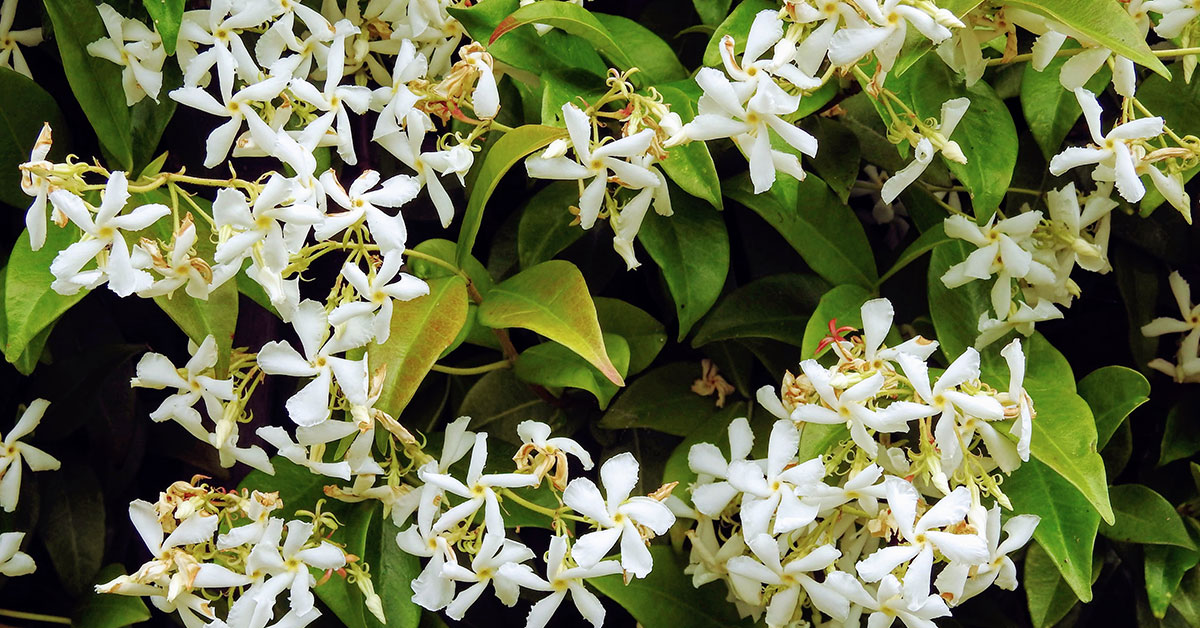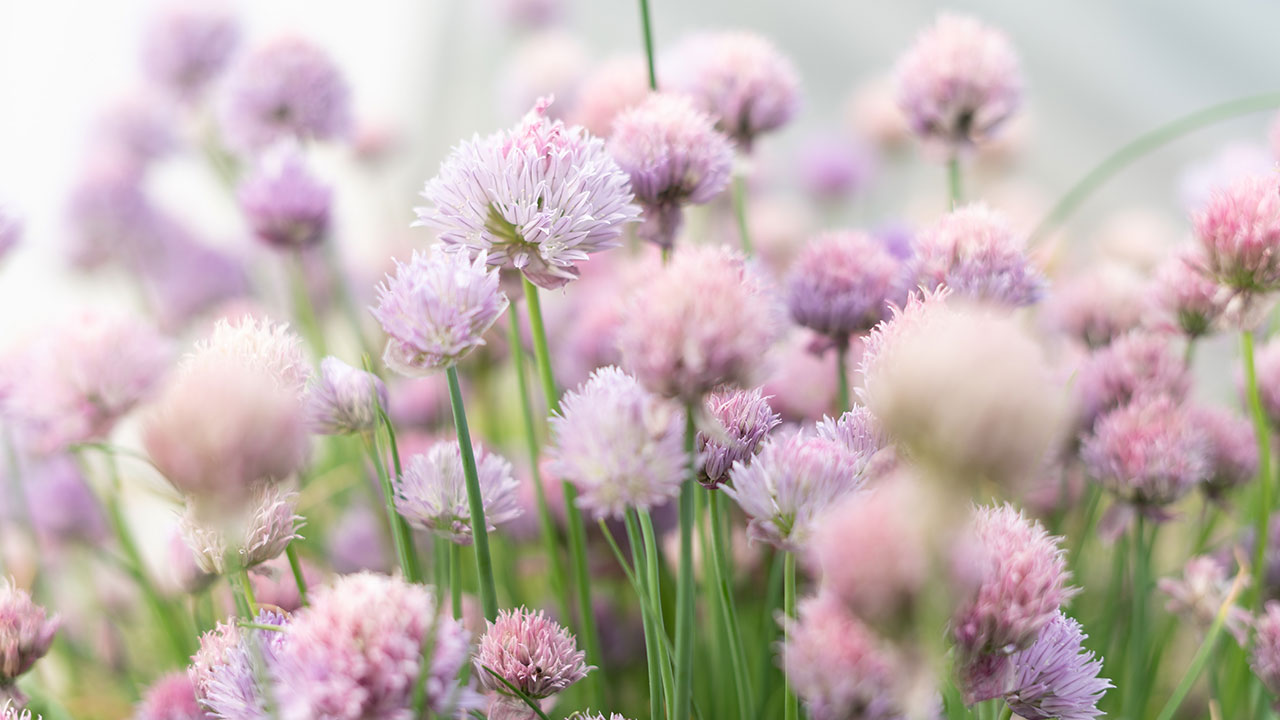Lime mint is a refreshing and versatile herb that is a hybrid of spearmint and water mint. Also known as Mentha × piperita ‘Lime’, it is a popular addition to many dishes and beverages. With its bright green leaves and zesty citrus aroma, lime mint is a must-have for any herb garden. In this blog post, we will explore the many benefits and uses of lime mint. From its culinary applications to its medicinal properties, we will dive deep into this delightful herb and discover why it deserves a spot in your garden.
What is a Lime Mint ?
Lime Mint, also known as Mentha × piperita ‘Lime’, is a type of mint that is a hybrid of peppermint and spearmint. As the name suggests, it has a distinct lime flavour and aroma, making it a favourite amongst gardeners and cooks alike.
This herb is a perennial plant that grows up to 2-3 feet tall and spreads quickly through underground runners, making it an ideal choice for gardeners looking to fill in empty spaces in their herb gardens. Its leaves are a bright green colour and have a slightly fuzzy texture, with small clusters of white or purple flowers that bloom in the summer months.
Lime Mint is a popular choice for culinary use, as its unique flavour can add a refreshing twist to many dishes and drinks. It can be used in a variety of ways, such as a garnish for cocktails, as a flavouring for desserts, or as an ingredient in savoury dishes like salads and stir-fries. It also has medicinal properties and is commonly used to aid digestion and relieve headaches.
Overall, Lime Mint is a versatile and flavourful herb that is easy to grow and adds a unique twist to any dish or drink. Whether you’re a seasoned gardener or a beginner cook, Lime Mint is definitely worth adding to your herb collection.
What makes Lime Mint (Mentha × piperita ‘Lime’) different from other varieties?
Lime Mint, also known as Mentha × piperita ‘Lime’, is a unique variety of mint that stands out from the rest. What makes it different from other varieties of mint? Let’s take a closer look.
Firstly, as the name suggests, Lime Mint has a refreshing lime-like flavor and aroma. This sets it apart from other mint varieties which typically have a more traditional minty taste. The citrusy notes of Lime Mint make it a popular choice for cocktails, desserts, and even savory dishes.
Another distinguishing feature of Lime Mint is its appearance. It has bright green leaves that are slightly smaller than other mint varieties. The leaves also have a slightly fuzzy texture, which adds to its appeal.
Lime Mint is also known for its medicinal properties. Like other mint varieties, it can help soothe an upset stomach, ease headaches, and relieve congestion. However, Lime Mint is said to be particularly effective in treating nausea and motion sickness.
Finally, Lime Mint is a hardy plant that is easy to grow. It can be grown in full sun or partial shade and thrives in moist soil. It also spreads quickly, so it’s important to contain it in a pot or designated garden bed.
How to grow Lime Mint
If you’re interested in growing mint in your garden or in containers, here’s a brief guide to help you get started:
- Choosing a Location: Select a location that receives partial to full sun. Mint can tolerate some shade but prefers sunlight for optimal growth. Ensure the area has well-drained soil.
- Obtaining Mint Plants: Purchase mint plants from a nursery or garden center, or propagate them from cuttings. Mint can also be grown from seeds, but it’s generally easier and faster to start with established plants.
- Planting Mint: Dig a hole slightly larger than the root ball of your mint plant. Place the plant in the hole, ensuring it is at the same depth as it was in the container. Fill the hole with soil and gently firm it around the plant. Space multiple plants about 12 to 18 inches apart to allow for their spreading habit.
- Watering and Soil: Mint prefers consistently moist soil. Water the plants regularly, keeping the soil evenly moist but not waterlogged. Avoid letting the soil dry out completely between waterings. Use mulch around the base of the plants to help retain moisture and suppress weed growth.
- Maintenance: Regularly check for pests and diseases. Monitor the plants for any signs of infestation or damage, such as aphids or leaf discoloration, and take appropriate action if needed. Prune back any leggy or overgrown stems to encourage bushier growth.
- Harvesting Mint: You can start harvesting mint leaves once the plants have become established. Harvest by snipping off individual leaves or cutting stems just above a set of leaves. Regular harvesting will encourage new growth and keep the plant bushy and healthy. Enjoy fresh mint leaves in beverages, salads, desserts, or use them for culinary purposes.
- Containing Mint: To control the spreading nature of mint, consider planting it in containers or using barriers like buried pots or root guards in the ground. This will help prevent it from taking over your garden.
By following these simple steps, you can successfully grow your own mint, providing a fresh supply of aromatic leaves for culinary delights and adding a delightful fragrance to your garden.
Common problems
Mint is a versatile and aromatic herb that can be a wonderful addition to any garden or herb collection. However, like any plant, mint can encounter certain issues that may affect its growth and vitality. Here is a brief guide to common problems you may encounter when growing mint, along with some tips on how to address them:
- Overwatering: Mint prefers moist but well-draining soil. Overwatering can lead to root rot and other fungal diseases. Ensure the soil has adequate drainage and water only when the top inch of soil feels dry.
- Poor Drainage: Mint requires good drainage to prevent waterlogged roots. If your soil retains excess moisture, consider adding organic matter or planting mint in containers with drainage holes.
- Lack of Sunlight: Mint thrives in full sun to partial shade, typically requiring at least 4-6 hours of sunlight per day. If your mint is not receiving enough sunlight, consider relocating it to a sunnier spot.
- Insufficient Air Circulation: Mint can be susceptible to fungal diseases if it lacks proper air circulation. Plant mint with sufficient spacing between plants to allow air to flow freely and reduce humidity around the leaves.
- Invasive Growth: Mint has a reputation for spreading vigorously and can become invasive if not properly contained. To prevent its aggressive growth, consider planting mint in containers or using root barriers in the ground.
- Pests: Mint can attract pests such as aphids, spider mites, and mint flea beetles. Monitor your plants regularly and take appropriate action at the first sign of infestation. Use organic insecticidal soaps or sprays, or try attracting beneficial insects that feed on these pests.
- Disease: Mint can be susceptible to fungal diseases like powdery mildew and rust. To prevent these diseases, avoid overhead watering, provide adequate spacing for air circulation, and promptly remove any infected leaves.
By being aware of these common problems and taking preventive measures, you can ensure healthy and thriving mint plants in your garden. Regular monitoring, proper care, and timely intervention will help you enjoy the fresh, aromatic leaves of your mint plant throughout the growing season.
Uses
Lime Mint is a popular herb that is widely used in a variety of dishes and beverages. It has a refreshing citrusy flavor that makes it a great addition to salads, smoothies, cocktails, and even desserts. But its uses go beyond just culinary applications. Here are some other ways you can use Lime Mint:
- Aromatherapy: Lime Mint has a soothing and calming effect, making it a popular choice for aromatherapy. You can use it in diffusers, candles, or massage oils to promote relaxation and reduce stress.
- Skincare: Lime Mint contains antioxidants that help to protect the skin from damage caused by free radicals. It also has anti-inflammatory properties that can help to reduce redness and swelling. You can use it in facial toners, masks, or even add it to your bathwater for a relaxing soak.
- Digestive aid: Lime Mint is known for its ability to soothe upset stomachs and aid in digestion. You can drink it as a tea or add it to your water to help ease bloating, cramps, and other digestive issues.
- Insect repellent: Lime Mint has a natural insect-repelling property that makes it an effective alternative to chemical insecticides. You can use it as a natural bug spray or add it to your candles to keep bugs at bay.
Overall, Lime Mint is a versatile herb that adds a refreshing flavor and aroma to a variety of applications. Whether you use it in your cooking, skincare routine, or for its health benefits, Lime Mint is a must-have herb in your home.
